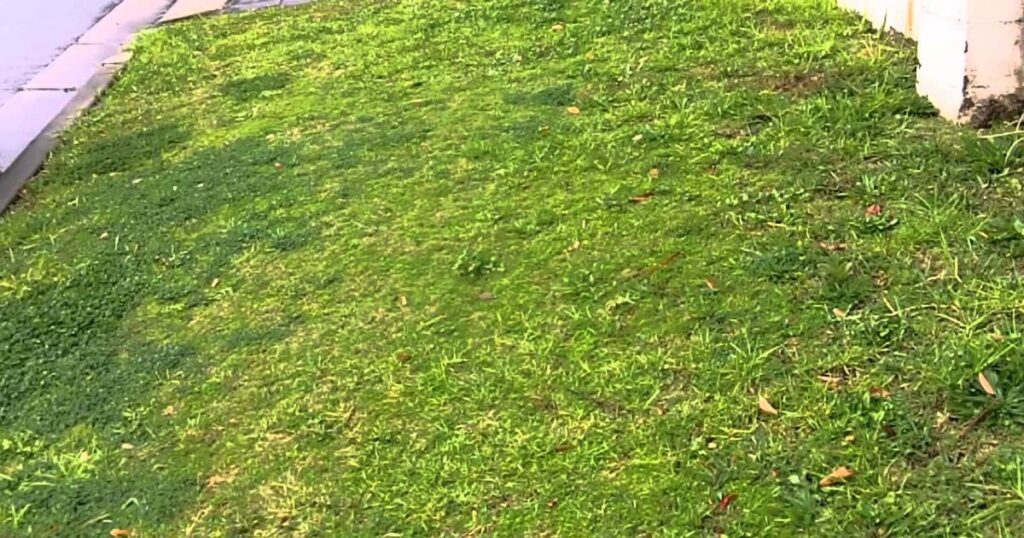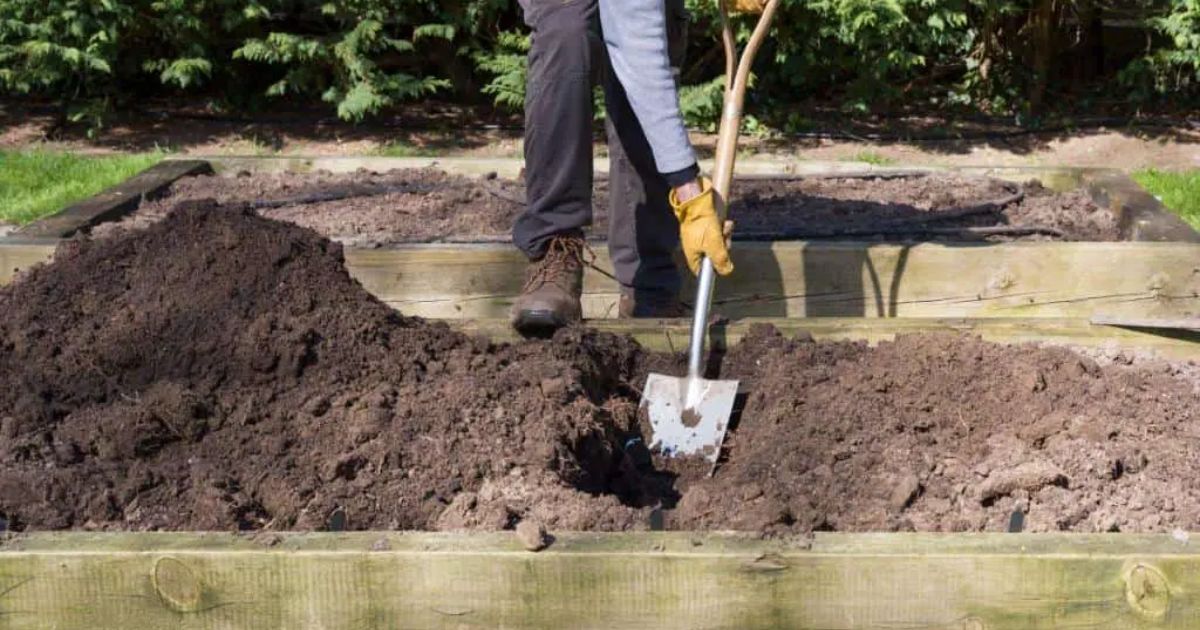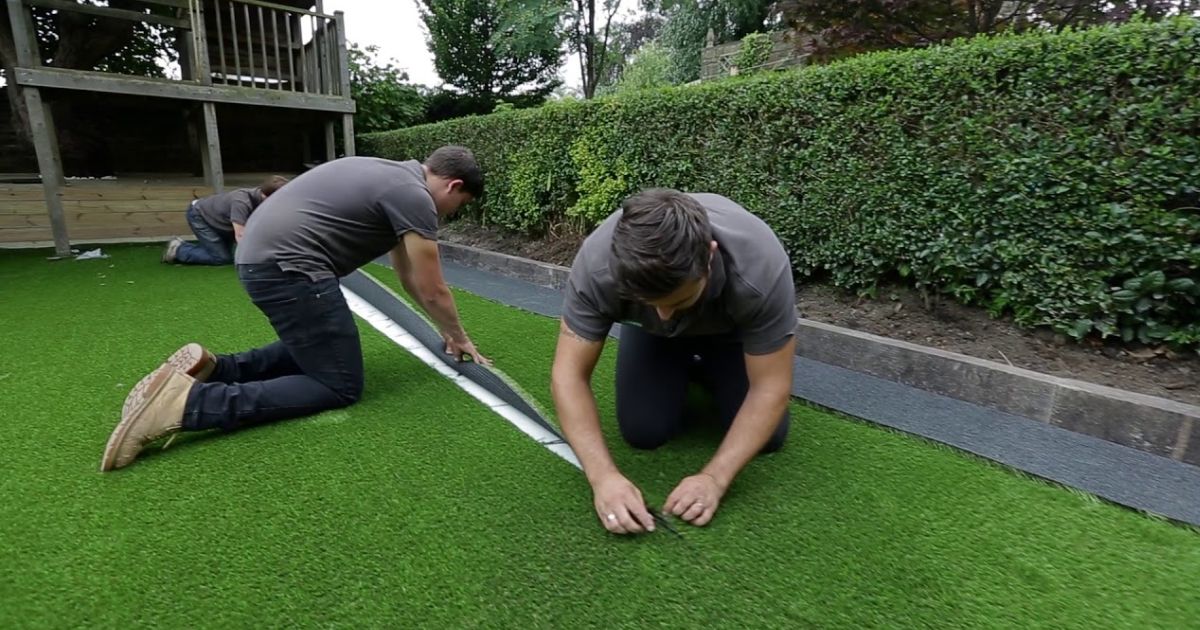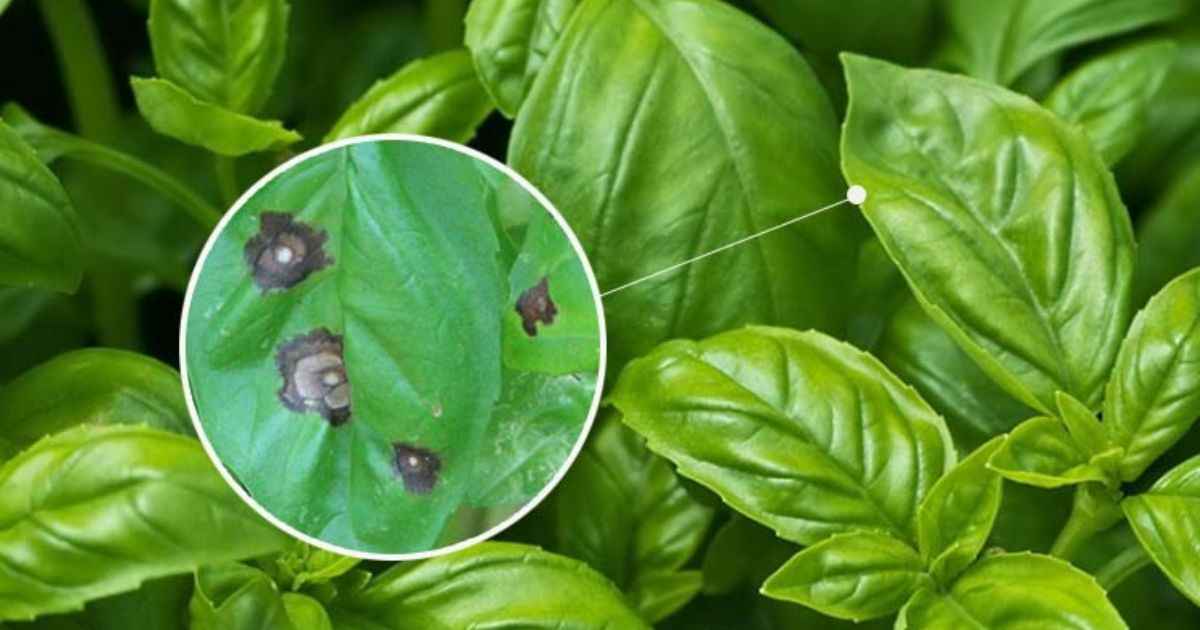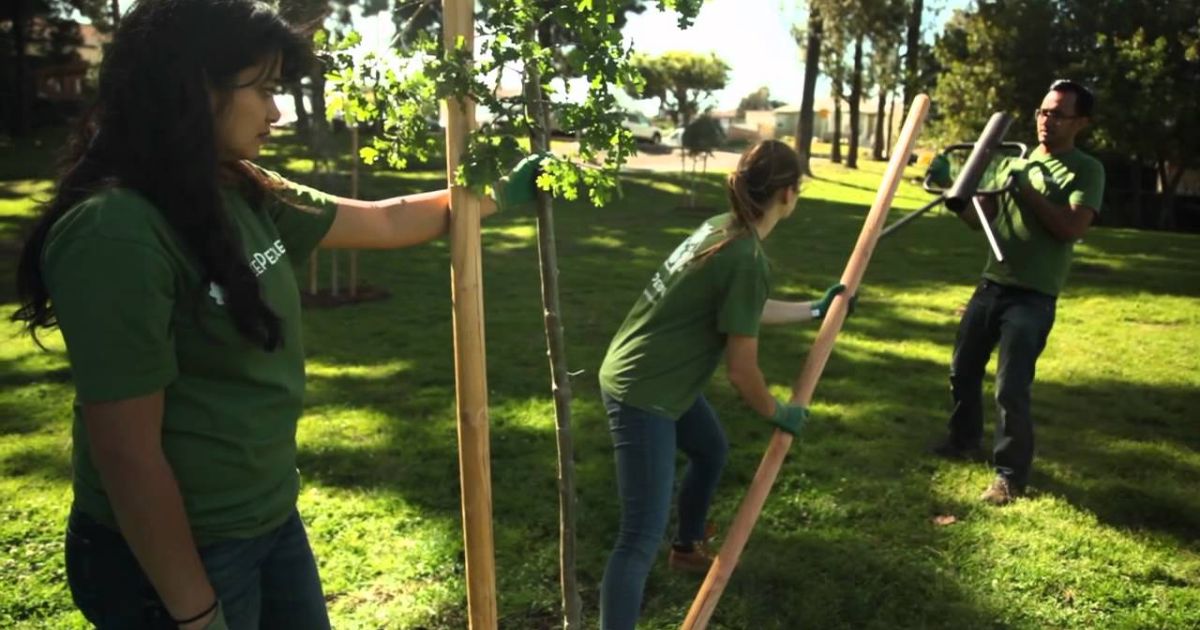Couch grass, also known as twitch grass or Elymus repens, is one of the most stubborn and invasive weeds gardeners face. With its deep, creeping rhizomes that spread quickly underground, it can take over lawns, flower beds, and vegetable gardens in no time. What makes couch grass particularly challenging is that even the smallest root fragment left in the soil can regrow, making complete eradication tricky without the right approach.
This tough perennial weed competes aggressively with other plants for nutrients, water, and light, often choking out your garden’s healthy growth. Whether you’re a home gardener or maintaining a larger landscape, getting rid of couch grass requires patience, persistence, and a combination of manual, organic, and chemical methods.In this guide, you’ll learn how to identify couch grass, remove it effectively, and prevent it from coming back. Using the proper methods and persistent work, you can reclaim your garden space and enjoy a lush, weed-free environment once again.
Understanding Couch Grass
The scientific name for couch grass is Elymus repens, and it grows quickly. A perennial weed that spreads through an extensive network of underground stems called rhizomes. These rhizomes can stretch several feet below the surface, producing new shoots and roots wherever they break or are left behind. This makes couch grass extremely invasive and difficult to control once it takes hold.The plant itself has slender, green leaves and upright stems with a maximum height of 1.5 meters. Its roots form dense mats under the soil, allowing it to quickly overrun lawns, borders, and vegetable plots. Couch grass thrives in most soil types and can survive even in poor or compacted soils, which makes it a common problem for many gardeners.
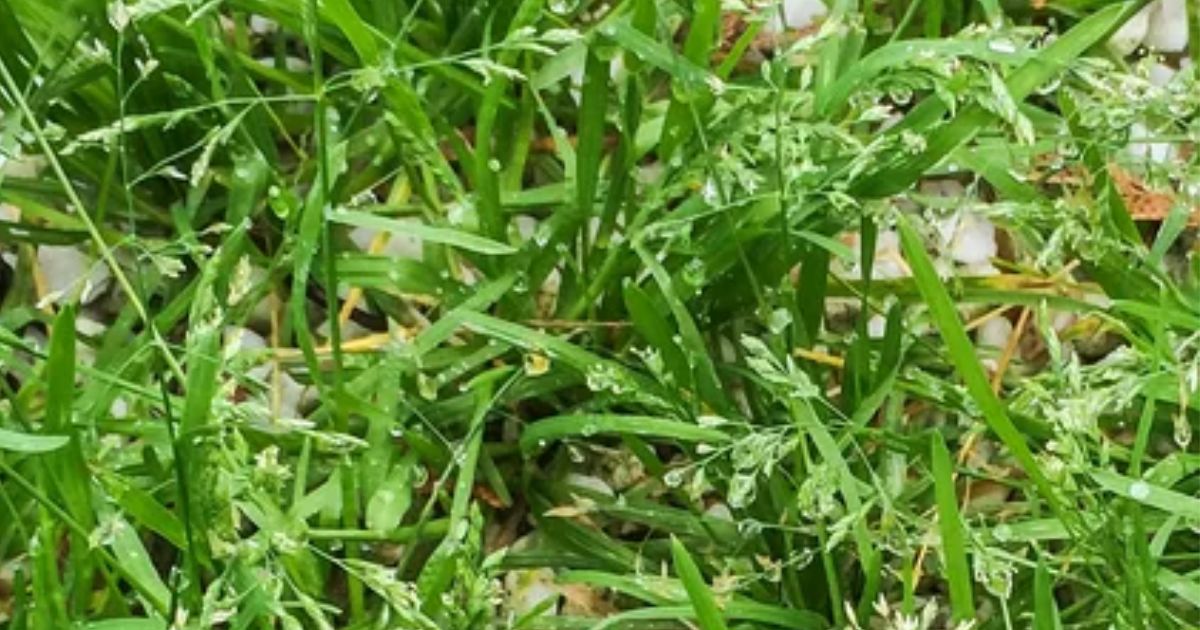
Because of its rapid growth, couch grass competes aggressively with garden plants, stealing essential nutrients, water, and sunlight. It can easily spread from one area to another through contaminated soil, Types of Organic Mulch and Their Benefits garden tools, or even plant roots. Recognizing its appearance early and understanding how it grows is the first step toward stopping its spread and regaining control over your garden.
Why Couch Grass Is Hard to Eliminate
Couch grass is notoriously difficult to eliminate because of its deep, resilient root system and its ability to regenerate from even the smallest fragments. The underground rhizomes’ long, white, wiry roots can extend well beyond the plant’s visible portions. , intertwining with the roots of your garden plants. When disturbed during digging or cultivation, these rhizomes easily break apart, and each fragment can grow into a new plant, quickly reestablishing the infestation.Another reason couch grass is so persistent is its adaptability. It thrives in almost any soil type, from fertile garden beds to compacted or poor soil. It can survive drought, frost, and regular mowing, making it one of the toughest weeds to control. Even if you remove the visible shoots, the hidden rhizomes continue to spread underground, waiting for the right conditions to reemerge.
Couch grass also produces viable seeds that can be spread by wind, water, or contaminated soil, further complicating control efforts. This combination of underground persistence and rapid regeneration is why getting rid of couch grass requires patience, thorough removal, and consistent follow-up care to ensure it doesn’t return.
Manual Removal Methods
One of the most effective ways to control couch grass is through manual removal, though it requires patience and careful attention to detail. Since even small root fragments can regrow, Why Scarifying Your Lawn Can Fix Grass Problems Fast the key is to remove the entire plant, including all rhizomes.
Digging Out by Hand:
Start by loosening the soil around the infested area using a garden spade or fork. Carefully dig under the roots and rhizomes, lifting the entire plant from the ground. Make sure to remove every visible root fragment, as even tiny pieces left behind can sprout new shoots. It’s best to work in moist soil, as it is softer and makes extracting the roots easier.
Instead of using a spade, use a garden fork:
A garden fork is preferable for loosening soil without cutting the rhizomes into smaller pieces. This reduces the chance of the weed regenerating from leftover root segments. Gently lift the roots from below, shaking off excess soil to inspect for hidden fragments.
Sifting the Soil:
After removal, sift through the soil to catch any remaining root fragments before replanting. This step is crucial for preventing the weed from growing back in the same spot.
While manual removal is labor-intensive, it’s highly effective, especially when combined with regular monitoring and other control methods. Consistency is key to entirely eradicating couch grass from your garden.
Using Natural and Organic Control Methods
For gardeners who prefer eco-friendly solutions, there are several natural and organic methods to control couch grass effectively. These techniques focus on weakening the weed over time, reducing reliance on chemical herbicides, and protecting surrounding plants and soil health.
Smothering with Mulch or Black Plastic:
Applying a strong layer of protection over infected regions, organic mulch or black plastic sheets block sunlight, preventing couch grass from photosynthesizing. How to Fix Your Grass Keep the covering in place for several weeks to months, checking periodically to remove any surviving shoots.
Solarization:
During warm, sunny months, solarize the soil by covering it for four to six weeks with transparent plastic. The trapped heat raises the soil temperature enough to kill rhizomes and seeds, effectively reducing the weed’s growth potential.
Homemade Herbicidal Sprays:
Organic sprays, such as vinegar-based solutions, can be applied directly to the leaves of young shoots. While not as strong as chemical herbicides, repeated applications can weaken the plants over time.
Regular Mowing and Cutting:
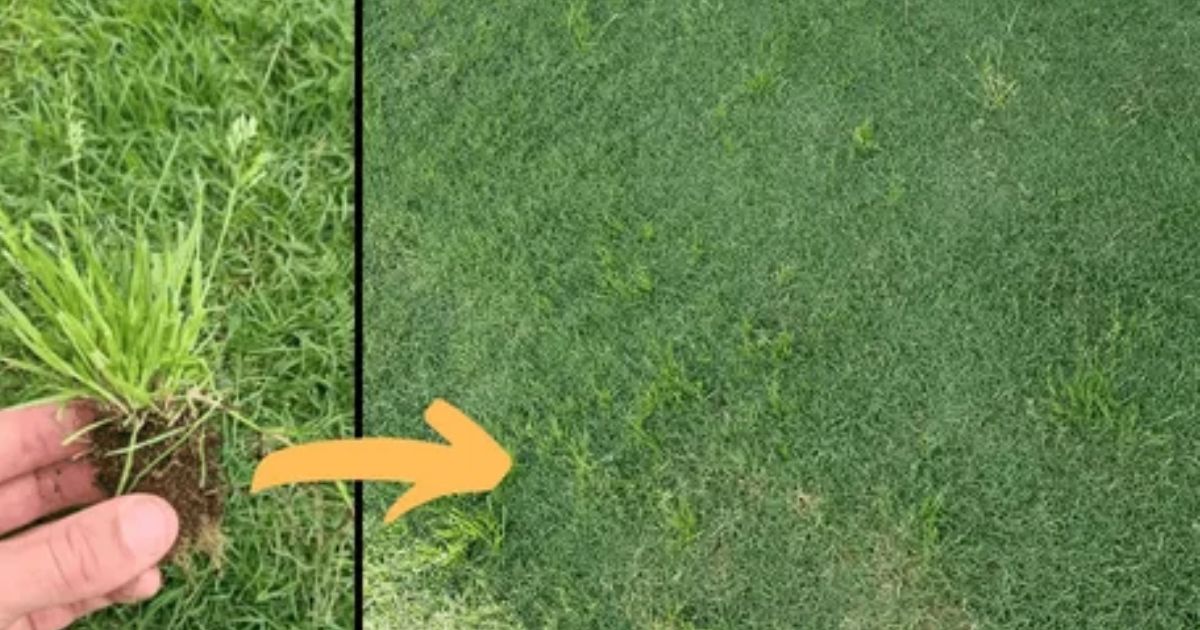
Frequent mowing or cutting of above-ground shoots prevents the plant from photosynthesizing and storing energy in its rhizomes. Over time, this weakens the underground roots and reduces regrowth.
Using these natural methods requires patience and consistency, but they provide a safe, environmentally friendly way to manage couch grass while maintaining a healthy garden ecosystem.
Chemical Control Options
When manual and natural methods are not enough, chemical control can be an effective way to manage stubborn couch grass infestations. Herbicides specifically formulated for perennial grasses work by targeting the weed’s rhizomes and roots, preventing regrowth.
Glyphosate-Based Herbicides:
A non-selective pesticide that efficiently eradicates couch grass is glyphosate. When applied directly to the leaves. For best results, use it to actively growing shoots, usually in late spring or early summer. Repeat applications may be necessary for complete eradication, as the weed can regrow from surviving rhizomes.
Selective Grass Herbicides:
Some herbicides are designed to target couch grass while leaving broadleaf plants unharmed. How to Prevent Termites After Cutting Down a Tree Carefully read the product label to be sure it is safe for use in your lawn or garden beds.
Safe Application Practices:
When working with chemicals, always wear protective gloves and clothes.
- Avoid spraying on windy days to prevent the spray from blowing onto pretty plants.
- Follow the manufacturer’s instructions regarding concentration, timing, and frequency.
- Keep children and pets away from treated areas until the product has dried or absorbed.
Although chemical control has the potential to be very successful, it works best when combined with manual removal and preventive measures to stop common couch from returning and spreading in your garden.
Preventing Couch Grass from Returning
Eliminating couch grass is only half the battle; prevention is key to keeping your garden weed-free in the long term. Consistent monitoring and proper garden care can stop this invasive weed from reestablishing.
Regular Weeding and Inspection:
Check your garden frequently for any new shoots and remove them immediately before they develop rhizomes. Early intervention prevents the weed from spreading underground.
Create Physical Barriers:
Install garden edging or root barriers around flower beds and How to Prune a Hydrangea in Spring for Healthy Growth vegetable plots to prevent couch grass from creeping in from neighboring areas.
Healthy Lawn and Plant Cover:
A thick, healthy lawn or dense planting helps shade the soil, making it harder for couch grass to grow. Proper fertilization, watering, and mowing encourage strong couch grass plant or plant cover that competes with weeds.
Inspect Soil and Compost:
Before adding new soil, compost, or mulch, check it for any root fragments or seeds to avoid introducing couch grass into clean areas.
Mulching and Solarization:
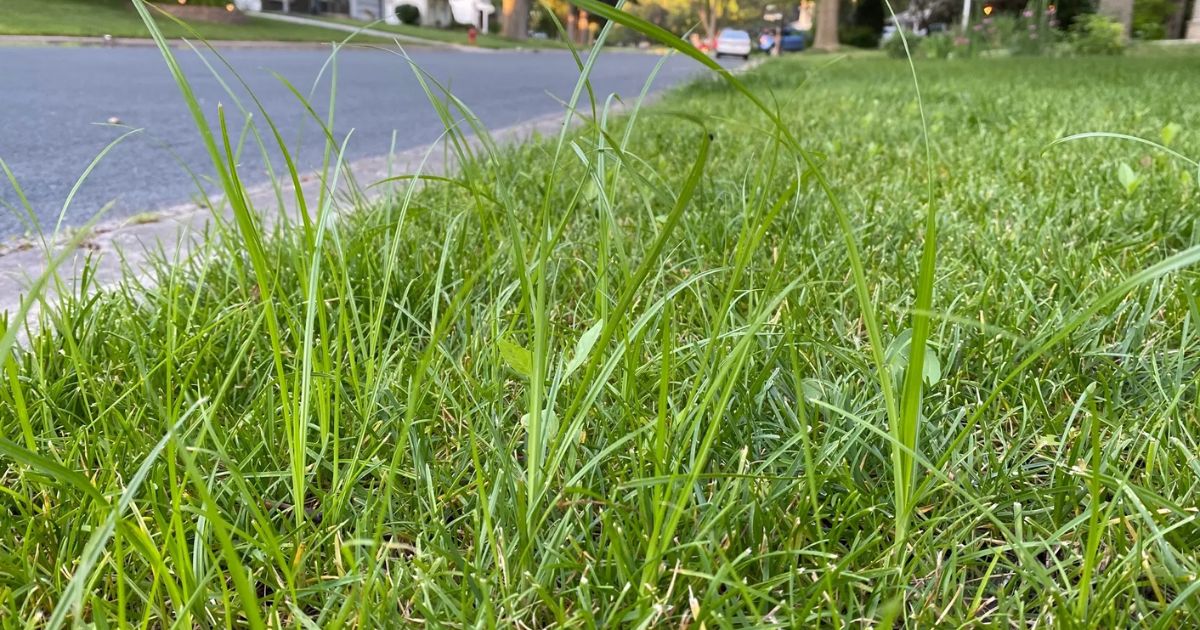
Continue using organic mulch or solarization in problem areas to suppress any remaining rhizomes and prevent regrowth.By combining consistent monitoring, physical barriers, and healthy planting practices, you can significantly reduce the chances of couch grass returning and maintain a lush, weed-free garden year-round.
Conclusion
Couch grass is one of the most persistent and invasive weeds, but with patience and the right strategies, it can be effectively controlled. Manual removal, such as digging out rhizomes and careful soil inspection, lays the foundation for eradication. Complementing this with natural methods like mulching, solarization, and organic sprays weakens the weed over time, while chemical herbicides can provide a faster, more targeted solution for stubborn infestations.
Prevention is equally essential, as regular monitoring, physical barriers, healthy plant cover, and careful inspection of soil and compost help stop couch grass from returning. While controlling this weed requires consistent effort, following a comprehensive approach ensures long-term success. By combining removal, treatment, and preventive care, you can reclaim your garden, protect your plants, and enjoy a vibrant, weed-free landscape.
FAQ
What is couch grass, and why is it a problem?
Couch grass (Elymus repens) is a fast-spreading perennial weed with deep underground rhizomes. It competes with garden plants for nutrients, water, and sunlight, making it difficult to control.
Can couch grass be removed without chemicals?
Yes. Manual removal, mulching, solarization, and organic sprays like vinegar can effectively control couch grass over time, though these methods require patience and repeated effort.
What is the best time to remove couch grass?
The best time is during active growth, typically spring and early summer, when the plant can be more easily pulled or treated before rhizomes fully store energy.
Will mowing help control couch grass?
Regular mowing weakens the above-ground shoots, reducing energy stored in the rhizomes. While it won’t eliminate the weed on its own, it helps slow its spread when combined with other methods.
How long does it take to completely get rid of couch grass?
It can take anywhere from several months to several years, depending on the infestation’s size and the method used. Consistent removal, monitoring, and preventive care are essential for long-term control.
Can couch grass spread from nearby gardens?
Yes. Couch grass spreads through rhizomes in soil, seeds, and contaminated tools or compost. Installing barriers and inspecting incoming soil can help prevent reinfestation.

